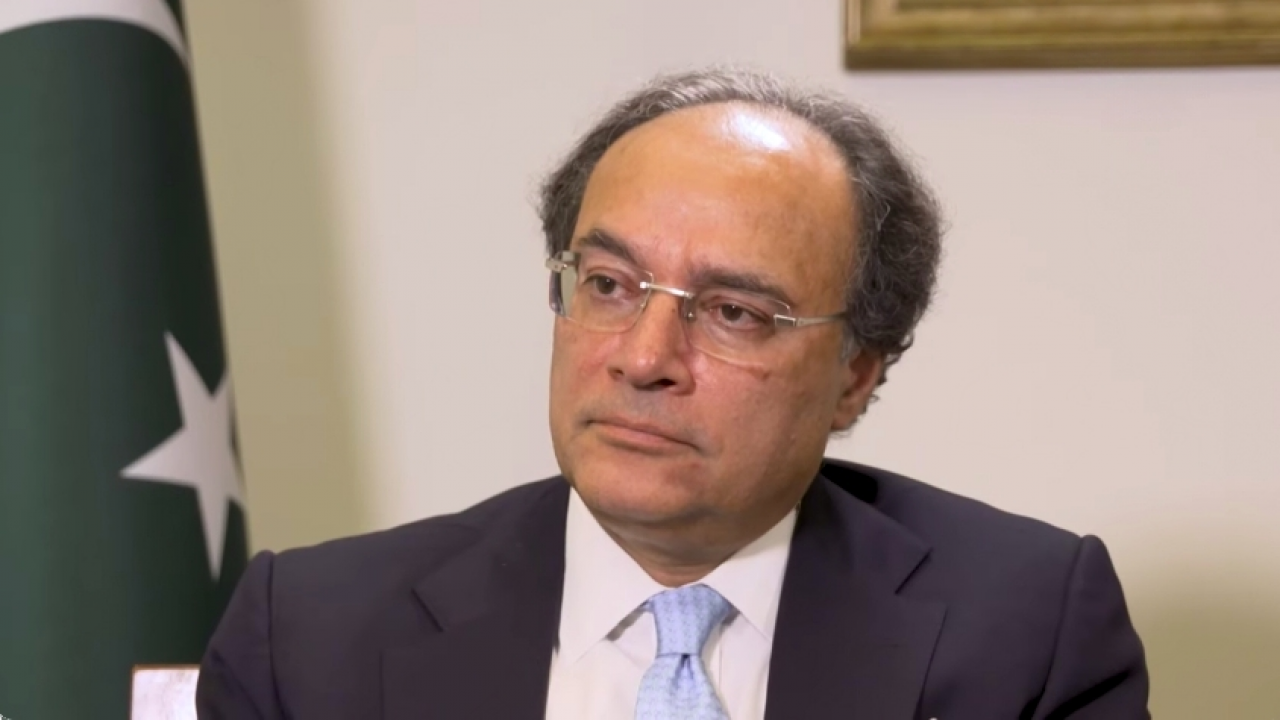
Islamabad, June 9 – Finance Minister Muhammad Aurangzeb stated that Pakistan is moving in the correct trajectory and has effectively managed to curb inflation. He made this statement while presenting the Economic Survey for 2024-25 on Sunday.
At a press conference held in Islamabad, Aurangzeb stated that the worldwide GDP growth had decelerated to 2.8%, whereas Pakistan saw an uptick in its economic production. He highlighted that the nation’s GDP expanded by 2.7% in 2025 following a rise of 2.5% in 2024 from a downturn in 2023. The inflation rate, previously peaking over 29%, has since declined to 4.6%.
The finance minister emphasized that they managed to get inflation under control with an elaborate plan. Over the last year, the central bank progressively lowered the policy interest rate from 22% down to 11%. Additionally, he mentioned that the economy has steadily recovered and is currently bolstered by increasing foreign currency reserves, enhanced investor trust, and significant structural changes.
He observed that foreign exchange reserves increased by $5 billion over the course of the year, totaling $16 billion by June 2024. The debt-to-GDP ratio in Pakistan dropped from 68% to 65%. Rating organizations such as Moody’s and Fitch upgraded Pakistan’s economic forecast, indicating rising global trust in the nation’s fiscal stewardship.
Aurangzeb noted that tax collections rose by 26% from July to May, alongside a twofold increase in taxpayers and an additional 74% surge in registered retailers. Additionally, the finance ministry managed to save Rs800 billion via debt restructuring and achieved notable advancements in pension reform efforts. There was a 6% expansion within the industrial sector, and services experienced over 2% growth; however, agricultural output only marginally improved at 0.6%.
He ended his statement by mentioning that the government intends to keep reducing the scale of federal ministries and departments to enhance effectiveness. The nation’s economic output expanded to $411 billion, leading to an increase in per capita income to $1,824. Additionally, exports increased by 6.8%, and spurred by better investor confidence, the stock market experienced a remarkable surge of 52.6%. Notably, the country recorded a current account surplus—a feat not achieved in two decades.
Post a Comment